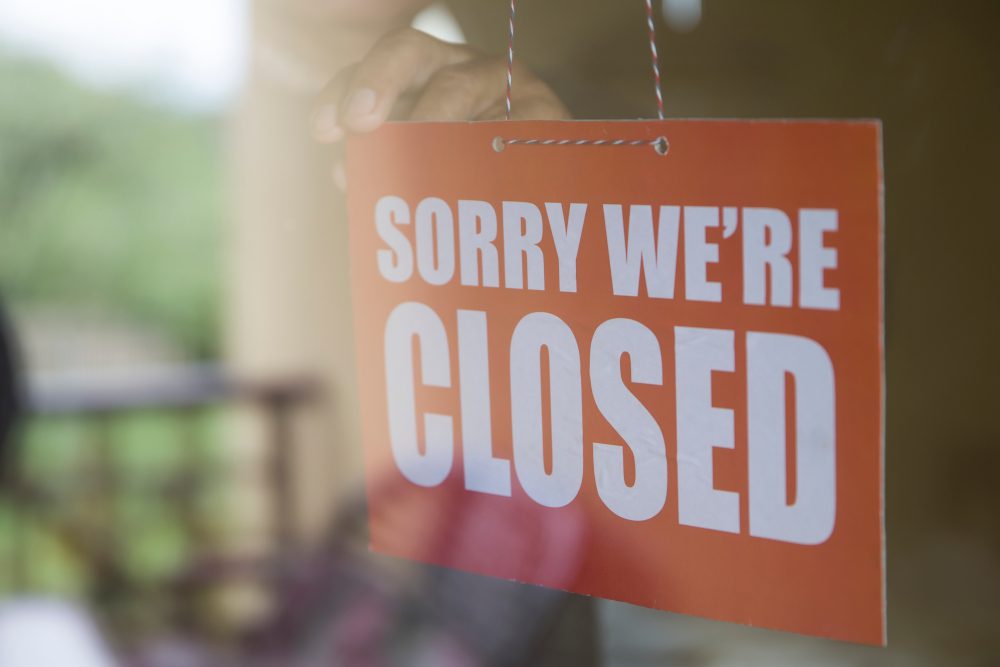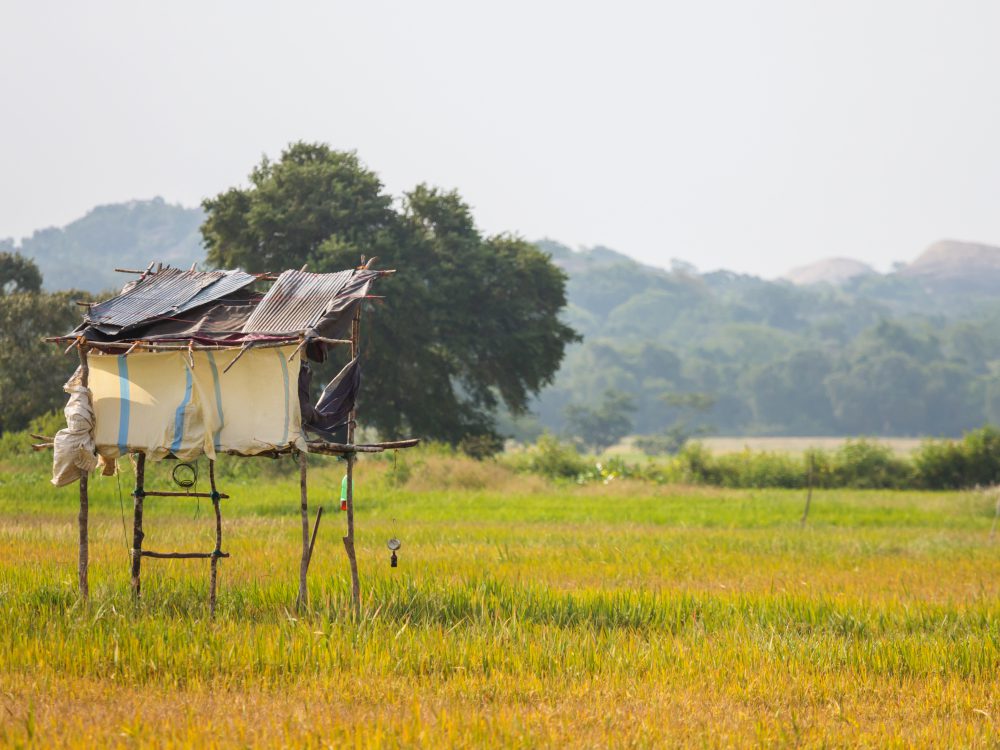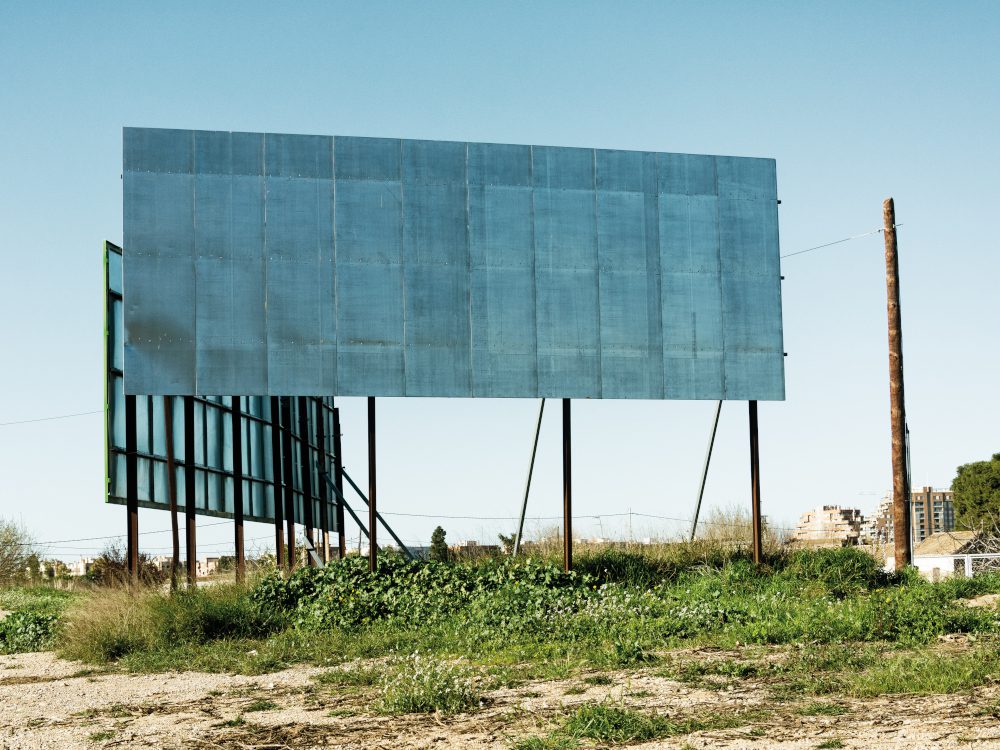In high-risk regions, development projects, corporate investments, and even humanitarian operations can unknowingly intersect with organized crime. These links may be indirect, buried in supply chains, local subcontracting, or political patronage networks. Whether you’re deploying capital or delivering aid, exposure to organized crime presents not only a legal risk but a reputational and operational one. Identifying warning signs early is essential for institutional integrity and long-term project viability.
Opaque Subcontracting Chains
One of the most common gateways for illicit actors is through layered subcontracting. A legitimate vendor may subcontract to a lesser-known entity without scrutiny. If transparency ends after the first contractual layer, criminal elements can embed themselves deep within operational delivery. Projects should implement mandatory disclosure protocols and conduct spot audits of downstream suppliers and service providers.
Unusual Cash Handling Practices
Projects that rely heavily on cash-based transactions—especially in construction, logistics, or fuel distribution—are more susceptible to infiltration. Large, frequent cash payments without a clear chain of custody raise immediate concerns. Requests for payments to third parties or in multiple tranches are additional red flags. Establishing strict financial controls and minimizing cash exposure are critical safeguards.
Local Partners with Political Immunity
In environments where politics and crime intersect, local intermediaries or advisors may use political cover to shield illicit activity. A partner who is unusually immune to regulatory scrutiny or whose operations continue unimpeded despite noncompliance should raise concerns. Due diligence should extend to reputational checks and local intelligence, not just corporate filings or business licenses.
Sudden Resistance to Oversight
When a partner, contractor, or agency begins pushing back against audits, documentation requests, or compliance checks, it may indicate something deeper than bureaucratic fatigue. Organized crime thrives in environments without oversight. An otherwise cooperative team that suddenly resists transparency or changes communication channels should trigger internal alerts.
Physical Security Anomalies
Security contractors, guards, or escorts provided through local connections may serve dual roles—offering protection while monitoring or intimidating staff. Look for inconsistencies in behavior, equipment, or reporting from field security. In some cases, what appears to be localized “protection” may be a euphemism for extortion or racketeering.
Excessive Influence in Local Decision-Making
If a particular individual or organization appears to control access to permits, labor, or local communities in a disproportionate way, consider the possibility of illicit networks. Organized groups often create artificial chokepoints and then offer to “solve” them—for a fee. Mapping decision-making influence and triangulating with local interviews helps isolate undue control.
High-Turnover Zones or “No-Go” Areas
Frequent staff turnover, unexplainable resignations, or repeated project delays in certain zones may reflect a hostile or compromised environment. Areas where staff feel unsafe or where equipment regularly goes missing should be assessed not only for common crime but for deeper structural risks. Project leaders should compare turnover and incident reports geographically to identify potential organized threats.
Abnormal Profit Margins in Routine Services
Outlier pricing in logistics, catering, transportation, or construction services may suggest criminal rent-seeking. When common services command excessive fees—especially from “recommended” vendors—this may indicate a protection economy. Cross-referencing market rates and requiring competitive bids are essential due diligence practices.
Final Thoughts
Organized crime does not always present itself through violence or overt threats. It often moves quietly, embedding itself in project infrastructure, service delivery, and political networks. For international actors operating in fragile contexts, the cost of inaction is steep: frozen funds, media exposure, or legal consequences. A robust vigilance framework, grounded in local intelligence and informed by behavioral cues, is the best defense against unknowingly supporting illicit structures.







